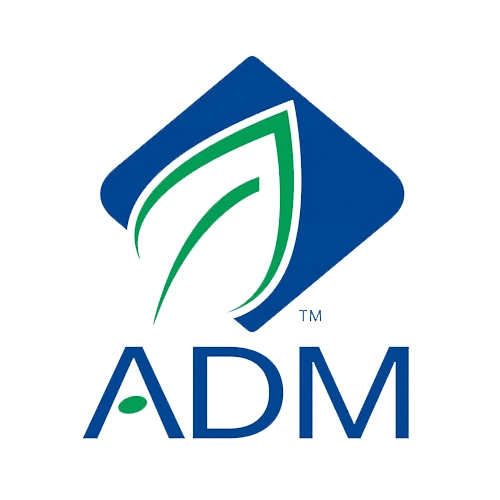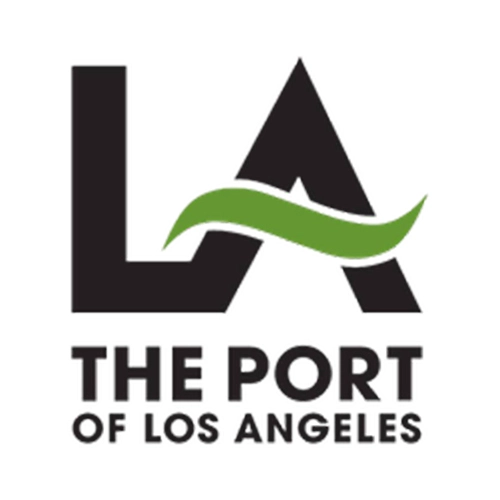
WHICH SPEED SIGNS ARE BEST FOR AREAS WHERE WEATHER CONDITIONS ARE UNPREDICTABLE?
Digital speed signs have been used now for over a decade to enhance road safety as per the prevailing road circumstances globally. Most countries and states that suffer from extreme weather conditions have used them at one point to manage traffic.
Such areas that have used speed signs have also witnessed the effectiveness of these devices to control traffic. While a large part of their effectiveness is also dependent upon driver compliance. Many countries like India thus are forced to use these digital signs along with traffic personnel to ensure proper implementation of rules and safety for all using the roads.
The Use of Digital Signs
The purpose of installing any kind of speed sign including digital speed signs is to inform drivers and pedestrians alike of the safe and normal travel conditions for a particular road. For instance, a roadway may have an ideal speed on a normal day as 60 kmph but this will change if it is raining or is foggy. The conventional signs cannot display the proper and reasonable speed limit for such changed weather conditions but variable signs can easily handle it. This reduces risks and improves the safety of all road users under all sorts of weather and traffic conditions.
The biggest contributor to any road accident is speed. Even if one is following the limit described at a normal speed sign, it might be too much as per the present conditions of the road. The biggest concern of traffic professionals is the lack of driver knowledge of the current safe speeds which can be corrected by the use of digital speed signs. A simple 10 kmph reduction of speed can be the difference between a life saved and a reduction of the impact of an accident. These signs can help motorists avoid road hazards, and congestions, and adjust their speed as per the road conditions to stay safe.
New Technologies
Digital speed signs have also evolved over the years and are now enabled with intelligent technologies that can help build a smart city. They nowadays can be integrated with loop detectors, mounted cameras, face recognition, speed recorders, lasers, and a lot more. These speed signs have gained the increasing attention of various academic and government institutions involved in the area of traffic management and control.
Their utilization into the mainstream to control and manage traffic offers an enhanced capability to increase efficiency, road safety, and services. However, these systems need to be installed at intelligent locations that provide the maximum benefits to motorists and other road users.
Where and When to Consider These Speed Limits?
Crash rates are usually higher in areas that suffer more wet weather like some of India’s western and north-eastern states. Installation of digital speed signs in such areas provides the best results to help drivers reduce their speeds to a safer limit and increase their stopping distances.
Other places where such variable speed signs can help are work zones, areas that face daily congestion, hospital and school zones, and more. They may also be used in areas where the pavement surface does not typically allow one to determine the driving and braking distance due to poor road conditions like sudden and hidden curves in the road.
Factors that Affect Stopping Distance
Every road has a predetermined safe speed limit which is usually prominently displayed through a conventional speed sign that stands on a pole at the side of the road. Most motorists who follow this safe speed limit under optimal conditions have a good sight distance and enough stopping distance to avoid accidents.
The digital speed signs make calculations as per the prevailing road conditions to present a new safe speed limit. They take into account the sight distance and stopping power of a vehicle as per its size under foggy, snowy, rainy, or other hazardous road conditions. This helps all drivers stay safe easily.
The Driving Task
Any driver knows that the act of driving involves a perfect balance between three main tasks namely, navigation, control, and guidance. Navigation is simply how the driver is going to get from point A to B. Control is the interaction of the driver with their vehicle through its various displays to maintain a safe distance.
The guidance is how the driver interacts with the road and the environment and adjusts as per the information presented through different speed signs. Digital speed signs are immensely useful to guide the driver through in-trip navigation and real-time navigation inputs.
The Driver
There have been many studies that involve the parameters of the driver, their mental health, use of intoxicants, age, sex, and a lot more. Most research shows that more experienced drivers are more tolerant and are involved in fewer crash cases than younger drivers. Digital speed signs can help control and inform such drivers to pay more attention to the control of the vehicle. Thus these speed signs can alert all drivers of hazards and road conditions ahead and improve their reaction times by a factor of 1000% that can save many lives and limbs and improve the economy as well.
Construction of Traffic Signs
Most roads that implement digital speed signs and other traffic control devices including conventional speed signs choose a construction material depending on a variety of factors. They take into account the visibility in an area and the non-reflective nature of the object especially under a vehicle’s headlights, the driver’s expectations, and the driver’s visual capability. Weather corrodes all of these signs over time and their ability to perform decreases over time. Variable signs under adverse road conditions have a better chance of being noticed by the driver and being suitably informed.
Conclusion
A variety of digital speed signs are currently being used across the globe to tackle a host of weather conditions. These speed signs are helping save driver and pedestrian lives under all kinds of weather by helping drivers slow down and be better aware of their environment and in better control of their vehicle. Various algorithms are used to determine the speed of an oncoming vehicle including its size, speed, road condition, and more. Drivers their part also need to realize that they need to follow these speed recommendations to stay safe through proper education and legislation.





















